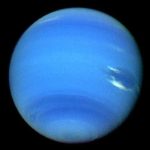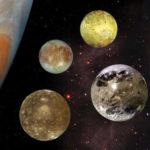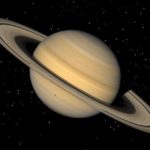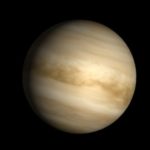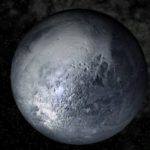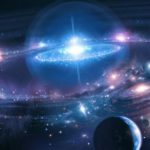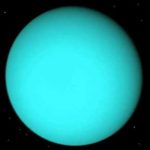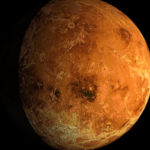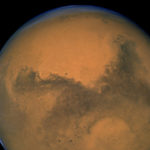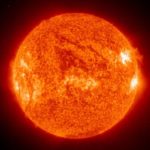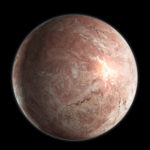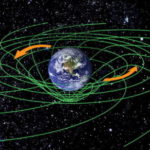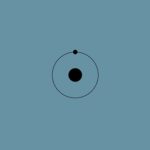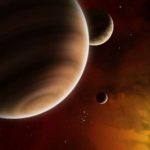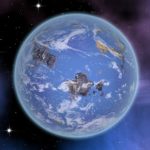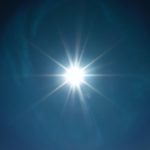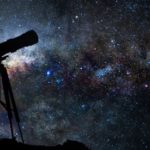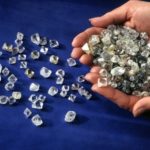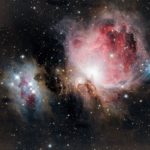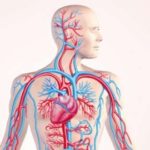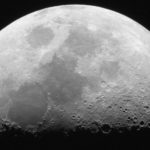Facts about the planets of the solar system
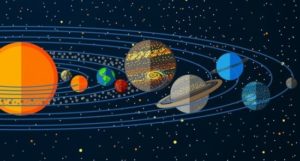 Our home is not a country or even a planet, but the entire Solar System, infinitely interesting and immense. We still know very little about the planets and other celestial bodies, but science continues to evolve, and those days are not far off when the first manned ships will go to distant gas giants. Now we have to be content with only a grain of knowledge …
Our home is not a country or even a planet, but the entire Solar System, infinitely interesting and immense. We still know very little about the planets and other celestial bodies, but science continues to evolve, and those days are not far off when the first manned ships will go to distant gas giants. Now we have to be content with only a grain of knowledge …
It was formed about 4.57 billion years ago.
Judging by the presence of heavy metals on Earth, our solar system was formed from “recycled materials” obtained from previously existing and then exploded stars.
About 99.86% of its entire mass falls on the Sun itself.
As the Earth rotates around the Sun, the Solar System rotates around the center of the Galaxy, and it moves at a speed of 220-240 kilometers per second.
Between the Earth and the Moon could be placed all the other planets of the solar system.
Not only Saturn has rings, but all the other giant planets – Jupiter, Uranus and Neptune.
Among all the planets of the Solar System, Uranus and Neptune are the least studied, and Mars has been studied the most.
The hottest of the planets system is Venus. It is farther from the Sun than Mercury, but due to the incredibly dense atmosphere, near the surface it becomes almost liquid due to the monstrous pressure, the temperature near its surface exceeds 460 degrees. This is higher than the lead melting point. And there are rains of sulfuric acid, but because of the heat they do not reach the surface, evaporating even in the atmosphere.
In Europe, one of Jupiter’s moons, there is more water than on Earth.
Auroras occur not only on Earth, but also on some other planets in the solar system.
A day on Mars lasts almost as long as it does on Earth — only 37 minutes longer.
Among all the other planets of the solar system, Mars is most similar to Earth, but it is cold and almost devoid of atmosphere. However, on hot summer days, the temperature at its equator rises above 0 degrees.
Only three celestial bodies in the solar system, not counting the gas giants, have a dense atmosphere – the Earth, Venus and Titan, the satellite of Saturn.
In Mercury, the nucleus occupies a larger percentage of the total volume than in any other planet. Scientists believe that the once monstrous collision literally tore off his planetary crust.
On Mars are the valleys of Mariner, the most gigantic complexes of canyons in the solar system.
Some asteroids also have rings, like Saturn. For example, Hariklo.
The largest satellite in the solar system is Ganymede, one of the satellites of Jupiter.
Launched in 1977, Voyager 1 was the first spacecraft to go beyond the solar system.
Pluto for the entire time elapsed from the moment of its discovery to the moment of depriving it of its status as a planet did not make a single complete revolution around the Sun.
Many scientists believe that somewhere in the Kuiper belt, beyond Pluto and other minor planets, there is another planet, probably the gas giant. This is indicated by a number of indirect signs.
In the Oort cloud surrounding the solar system there are, according to various estimates, 2-3 trillion comets with a core of more than 1 km in diameter.
Jupiter protects our Earth from asteroids and meteorites – its powerful gravity attracts them, and they burn in its atmosphere, not reaching our planet.
The official wind speed record recorded once on Earth was 408 km / h. And on Neptune, the wind blows at a speed of 2000-2200 km / h.
The size of Venus is almost identical to the size of the Earth, as is its mass, and the force of gravity on its surface. However, these similarities are limited.
Once there was water on Venus, but it evaporated due to the monstrous heat, and the solar wind blew from the upper layers of the atmosphere.
Radiation emitted by the sun is deadly, and only the atmosphere and the magnetic field of the Earth protect us from it.
The largest space object in the solar system is the International Space Station. And at the same time and the most expensive, and in the whole history of mankind at once.
The coldest planet in the solar system is Uranus. The temperature in its atmosphere is about -224 degrees.
In addition to the Earth, rivers, seas and lakes exist, at least, on the satellite of Saturn, Titan. They were photographed by a Cassini probe while landing on Titan. True, it is not water that flows in them, but liquid methane and ethane.
The highest peak in the solar system relative to the local analogue of the “sea level” is the Olympus volcano on Mars – 22 kilometers. For comparison, Everest, the highest peak of the Earth, does not even reach 9 kilometers in height. But there is a mountain, which from the foot to the top reaches as much as 26 kilometers. It is called Reyvilviya, and it is located on the asteroid Vesta.
Among all the planets of the solar system, only Venus rotates clockwise. All the rest are counterclockwise, except for Uranus.
